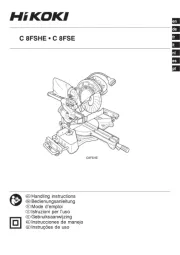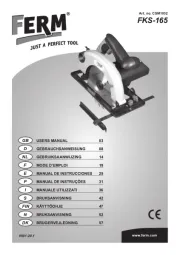Hikoki C 3606DPA Manual
Læs gratis den danske manual til Hikoki C 3606DPA (25 sider) i kategorien savemaskine. Denne vejledning er vurderet som hjælpsom af 11 personer og har en gennemsnitlig bedømmelse på 4.9 stjerner ud af 6 anmeldelser.
Har du et spørgsmål om Hikoki C 3606DPA, eller vil du spørge andre brugere om produktet?

Produkt Specifikationer
| Mærke: | Hikoki |
| Kategori: | savemaskine |
| Model: | C 3606DPA |
Har du brug for hjælp?
Hvis du har brug for hjælp til Hikoki C 3606DPA stil et spørgsmål nedenfor, og andre brugere vil svare dig
savemaskine Hikoki Manualer










savemaskine Manualer
- Max
- Challenge
- Troy-Bilt
- Fuxtec
- Echo
- Hitachi
- Tacklife
- Power Smart
- Gardenline
- Yard Force
- DeWalt
- Maxx
- FERM
- Erbauer
- Morrison
Nyeste savemaskine Manualer









